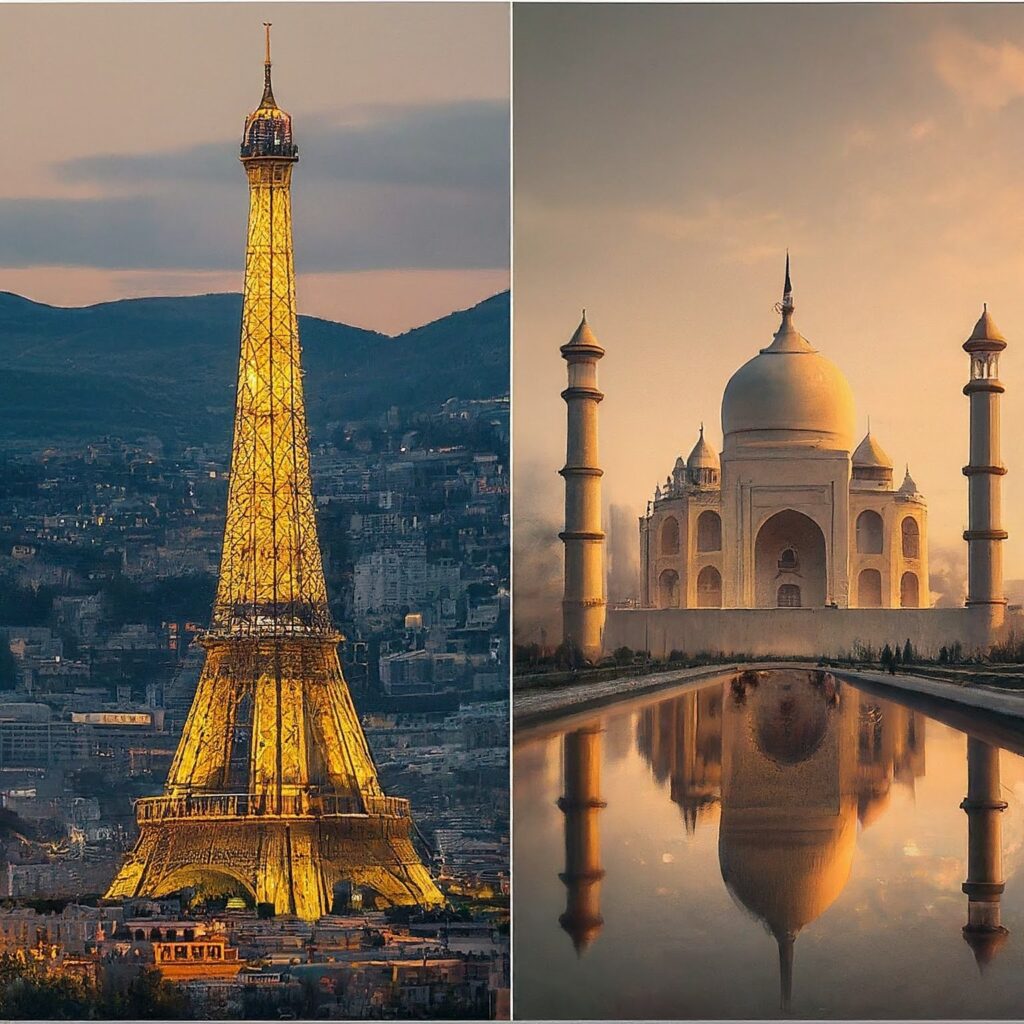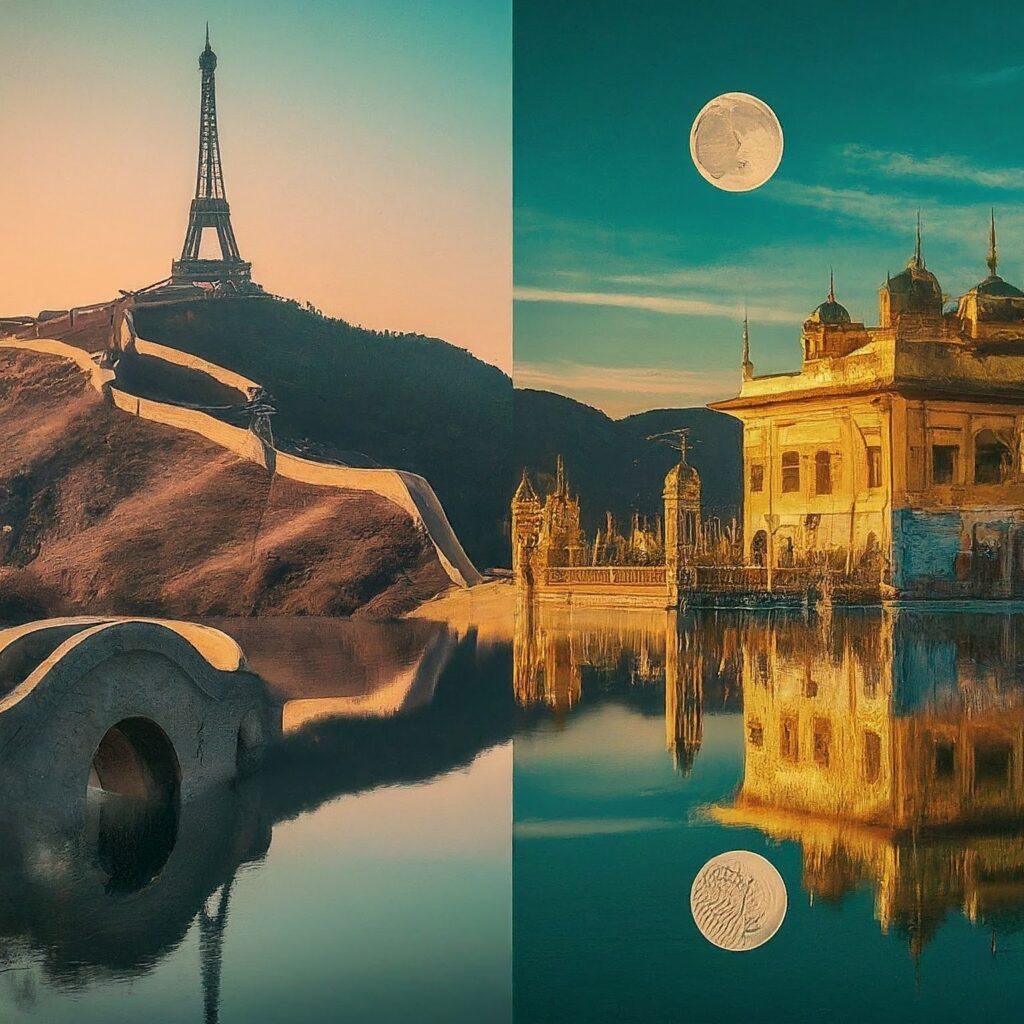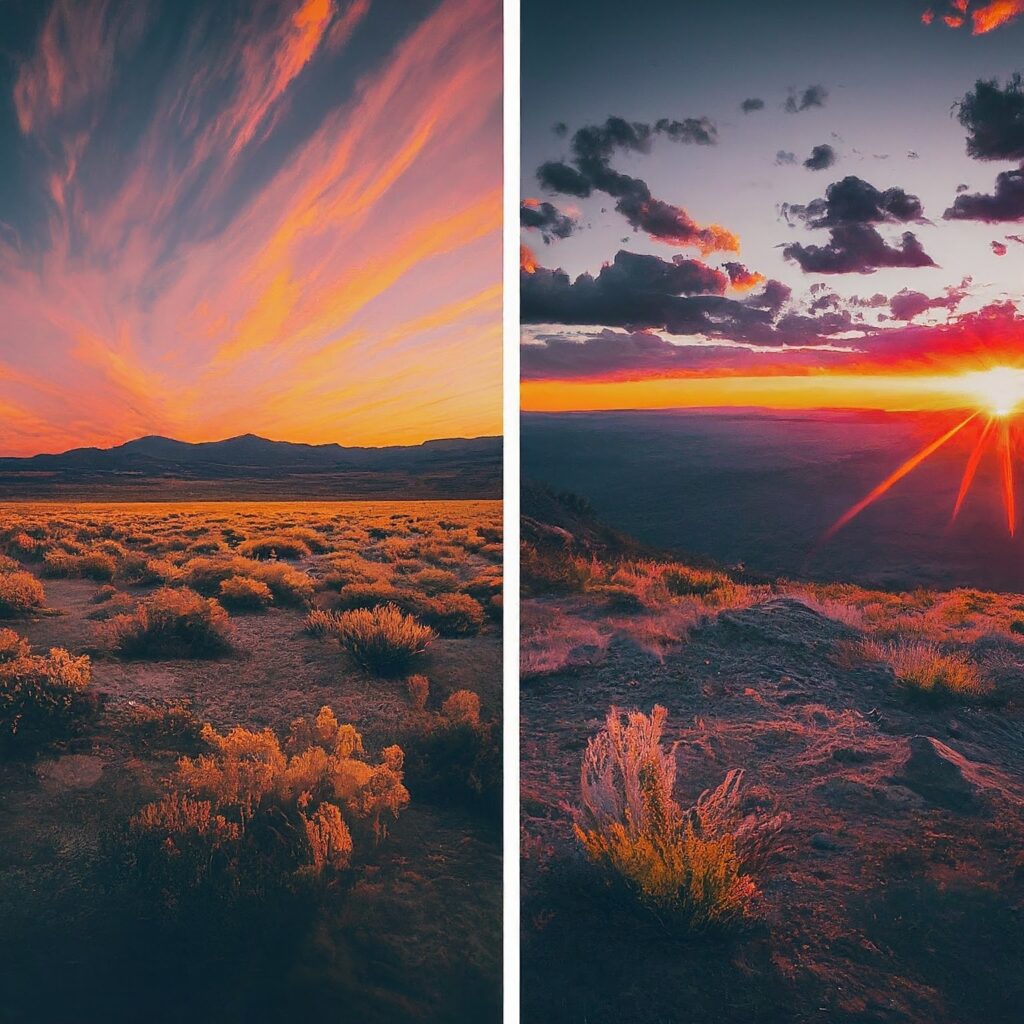Picture this: You’re standing atop a sun-drenched hill, gazing out at a breathtaking vista. The world stretches before you in a tapestry of colors and textures. You whip out your camera, eager to capture this moment forever. But when you get home and look at your photos, something’s… off. The magic just isn’t there.
Sound familiar? Don’t worry, intrepid traveler! You’re not alone in this photographic purgatory. The good news? With a dash of know-how and a sprinkle of creativity, you can transform your vacation snapshots from “meh” to “marvelous.” So grab your camera, and let’s embark on a journey to unlock your inner travel photographer!
- Gear Up (But Don’t Go Overboard)

First things first: let’s talk gear. Now, before you start frantically Googling “best professional camera for beginners” and maxing out your credit card, take a deep breath. The truth is, you don’t need to remortgage your house to take stunning photos.
In fact, that smartphone in your pocket? It’s a photographic powerhouse! Modern phone cameras can produce jaw-dropping images that’ll make your friends swear you’ve been secretly moonlighting as a National Geographic photographer.
But if you’re itching to level up, consider a compact camera with manual controls. These little beauties offer more flexibility than your phone without the bulk (or price tag) of a DSLR. Look for features like a good optical zoom range and the ability to shoot in RAW format.
Pro Tip: Whatever camera you choose, get to know it like the back of your hand before your trip. Nothing kills the vibe faster than fumbling with buttons while that perfect sunset fades away!
- Embrace the “Oops” Moment

Here’s a secret that most photographers won’t tell you: we all take bad photos. Loads of them. The difference? We learn from our mistakes.
So the next time you snap a shot that makes you cringe, don’t just delete it in shame. Channel your inner detective and figure out what went wrong. Was it too dark? Too cluttered? Did you accidentally include your thumb in the frame? (Hey, it happens to the best of us!)
Keep a “photo journal” where you jot down what worked and what didn’t. Over time, you’ll start to see patterns emerge, and your photography will improve by leaps and bounds.
- Master the Basics (Without Boring Yourself to Tears)

Look, I get it. Technical jargon can be about as exciting as watching paint dry. But here’s the thing: understanding a few key concepts can take your photos from “blah” to “brilliant” faster than you can say “aperture priority mode.”
Don’t worry, I won’t bore you with a textbook-style lecture. Instead, let’s break it down into bite-sized, actionable tips:
- Play with perspective: Get low, climb high, or shoot through objects to add depth and interest.
- Rule of thirds: Imagine your frame divided into a 3×3 grid. Place key elements along these lines or at their intersections.
- Leading lines: Use natural lines in your scene (roads, rivers, etc.) to draw the viewer’s eye through the image.
- Depth of field: Experiment with blurring the background to make your subject pop.
Pro Tip: Turn these into a game! Challenge yourself to use one technique per day of your trip. By the end, you’ll be wielding them like a pro without even thinking about it.
- Composition: Where the Magic Happens

Alright, time to channel your inner artist! Composition is where you get to play, experiment, and really make your photos sing. Think of it as arranging all the elements in your frame to tell a story.
Here are some ideas to get those creative juices flowing:
- Framing: Use natural elements (like tree branches or archways) to frame your subject.
- Symmetry and patterns: Our brains love order. Look for repeating shapes or perfect reflections.
- Negative space: Sometimes, what you leave out is just as important as what you include.
- Color theory: Look for complementary colors (opposites on the color wheel) to make your images pop.
Remember, these are guidelines, not hard-and-fast rules. Once you understand them, feel free to break them with wild abandon!
- Details, Darling, Details!

While sweeping landscapes are gorgeous, don’t forget to zoom in on the little things. A weathered door, a local’s wrinkled hands, the intricate pattern on a butterfly’s wing – these details can tell powerful stories about a place.
Challenge yourself to find beauty in the mundane. That rusty old bicycle leaning against a colorful wall? Pure photographic gold!
- Chase the Light (But Maybe Not Literally)

Ah, light – a photographer’s best friend and worst enemy. Here’s the scoop: the “golden hours” (just after sunrise and before sunset) are your ticket to magical, ethereal images. But that doesn’t mean you should hibernate during the rest of the day!
Instead, learn to work with the light you have:
- Harsh midday sun: Look for interesting shadows, or use it to create high-contrast, dramatic shots.
- Overcast days: Perfect for portraits or capturing rich, saturated colors.
- Blue hour (just before sunrise or after sunset): Ideal for cityscapes and moody landscapes.
Pro Tip: Download a sun-tracking app to predict exactly where and when the sun will rise and set at your destination. Your future self will thank you!
- Capture the Soul of a Place

Here’s where we separate the tourists from the travelers. Anyone can snap a photo of the Eiffel Tower, but can you capture the essence of Paris?
Look for moments that tell a story:
- A local fisherman mending his nets
- Children playing in a fountain
- The steam rising from street food stalls
Don’t be afraid to interact with people (always ask permission before photographing someone). Their stories and expressions can add incredible depth to your travel album.
- Edit with Finesse (Not a Sledgehammer)

Post-processing can elevate your photos from good to great, but remember: subtlety is key. Think of editing like seasoning a gourmet meal – enhance the flavors, don’t overpower them.
Start with basic adjustments like exposure, contrast, and white balance. Then, experiment with more creative edits like split toning or selective color. Just remember to step away occasionally and ask yourself, “Does this still look natural?”
Pro Tip: Save your original files! You might come back months later with fresh eyes and new editing skills.
- Tell a Story, Create a Legacy

Your vacation photos aren’t just pixels on a screen – they’re portals to memories, stories waiting to be told. So think beyond individual shots and consider how your images work together to narrate your journey.
Try creating a photo series around a theme:
- Colors of [your destination]
- Doors and windows of the world
- Street food adventures
And please, for the love of all that is photogenic, don’t let your masterpieces languish forgotten on a hard drive! Print your favorites, create a photo book, or host a slideshow night for friends and family. Sharing your perspective might just inspire someone else’s adventure.
- The Most Important Tip of All
Are you ready? This is the big one, the secret sauce, the ultimate key to taking incredible vacation photos. Here it is:
Have fun!
Seriously. If you’re so focused on getting the “perfect” shot that you forget to enjoy the moment, you’re missing the point. Your photos should enhance your travel experience, not dominate it.
So by all means, learn the techniques, push your creative boundaries, and strive to improve. But never forget to lower the camera sometimes, take a deep breath, and simply soak in the wonder of where you are.
After all, the best souvenir you can bring home is a heart full of memories and a spark of wanderlust that’ll fuel your next adventure.
Now go forth and capture the world, one frame at a time! And remember, the most important thing isn’t the number of likes your photo gets – it’s the smile it brings to your face years down the road.
Happy shooting, fellow adventurers!
